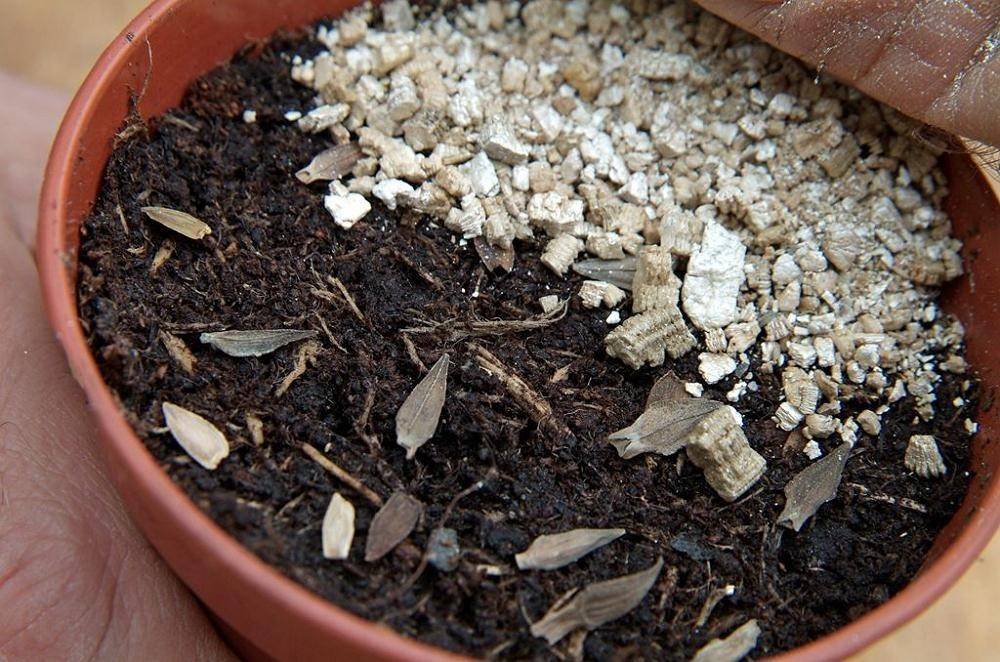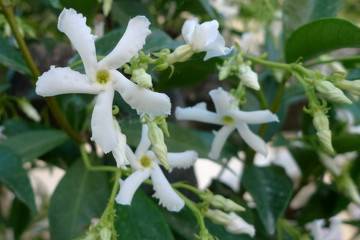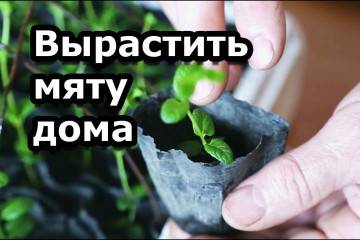How indoor ivy or heder reproduces
Content:
Ivy has long been used to decorate garden hedges and house facades. This evergreen plant also has the ability to bloom, which is why its decorative effect and demand only increases. But is there indoor ivy, is it possible to keep it at home and what are the best ways to propagate it?
How to propagate ivy
Reproduction of an ivy plant is a simple process. It does not require special skills, large material and time costs. Those who are interested in the question of how to propagate indoor ivy should know that there are two main methods - cuttings and rooting of cuttings.
How to grow ivy from a cutting
The most demanded and frequently used method is propagation of ivy, or heders, by cuttings. It is very easy to obtain high-quality planting material for this. Ivy plants grow quickly enough and cutting off shoots for cuttings does not cause any particular inconvenience to the flower.
Cuttings can be harvested in spring and continued throughout the summer season. During this period, young cuttings have time to gain strength, because it is recommended to use only new annual shoots for cutting. Lignified branches are not suitable for this propagation method.
The length of the cuttings should be about 15 cm. On each of them you need to make an oblique cut and leave at least 3 leaves at the top. In addition to the leaf plates, there should be at least one fully formed node on the cuttings.
Before planting cut shoots in the ground, you must hold them in a special solution that stimulates their growth and rapid rooting.
Landing rules
How to grow ivy from a scion? First of all, you need to choose a suitable container for planting a flower and create the necessary conditions in the room where it will subsequently be kept. Another important point to consider before planting is the preparation of the substrate. You can purchase a finished product in stores or make a soil mixture yourself by mixing humus, soddy loose earth and river sand.
How to plant ivy in a pot:
- Pour in the substrate: slightly more than half of the pot.
- Deepen the cuttings into the ground by a third.
- Moisten the earth.
- Place the container in a well-lit and comfortable place for keeping.
How to propagate ivy by layering
This method is not as popular as the previous one, but it is also quite simple. The procedure is carried out in spring or early summer. Ivy propagation using layering occurs according to the following algorithm:
- Choose a healthy, but young shoot from indoor ivy.
- If the shoot is not very long, it can be fixed in the ground in the same pot where the mother bush itself grows. Otherwise, prepare a separate container with the substrate.
- Place containers nearby and dig the shoot into the ground, leaving the top of the stem 10-15 centimeters above the ground. The branch can be fixed with a staple or wire.
- Water and loosen the soil in the container regularly.
- After rooting, cut off the cut from the mother bush.
- If necessary, transplant to another pot.
Is it possible to buy ivy seeds
Ivy seeds are difficult to purchase in stores and even on the Internet, since propagating a plant in this way is a very laborious and vain process. Seedlings practically do not sprout and take root after transplantation.
How to transplant ivy
Both methods of breeding heders subsequently require transplanting into separate containers. If the seedlings are bought from nurseries, it is necessary to keep them for about a week in the substrate in which they were purchased. This increases their survival rate and immunity.
How to plant ivy in a pot
It doesn't take much effort to grow ivy from a scion at home. The procedure is best done in spring or autumn. Before you root the ivy, you need to choose a pot for it. The one with a diameter of 5-10 centimeters larger than the root system of the transplanted plant is best suited. You also need to pick up a nutritious potting soil.
Ivy plant step-by-step transplant:
- Fill the bottom of the pot with drainage material: small pebbles, expanded clay or brick chips.
- Cover the drainage with potting soil.
- Arrange the seedling by gently spreading the root system.
- Cover with the remaining substrate so that there are no empty spaces between the roots.
- Gently compact the soil and sprinkle with water.
Subsequently, during the first five years, it is necessary to transplant the bush into a more spacious container annually. After that, only the top layer of soil in the pot is changed.
Features of planting care
Unlike outdoor or garden ivy, a houseplant doesn't need much maintenance.
Mulching and soil care
In order for the soil to retain moisture, it is recommended to mulch it. For this, both ordinary peat and decorative pebbles are suitable. Peat is additionally able to saturate the soil with nutrients.
It is imperative to take care of the soil, because its quality affects the health of the bush as a whole. It is important to keep the soil in a slightly acidic state, the structure of the soil must always be loose. It is recommended to loosen the soil after each watering to avoid stagnation of water.
Watering the plant correctly
The moisture-loving heder loves abundant irrigation, which should be carried out with high-quality water. It should not be hard and chlorinated from the tap, it is better to let it settle. Also, the water should be at room temperature, cold provokes rotting of the root system.
Ivy pruning
Pruning heders is carried out in order to remove dry and rotten shoots, as well as to form a bush. Traditional sanitary pruning is usually done in the fall. Before wintering the bush, dry foliage and some lignified branches are removed. In the summer, the bush itself is formed, but this process is optional and is optional. In order for the hedera to stretch its shoots in length and build up a lush green mass, it is necessary to remove the inner new stems that thicken the plant.
Not all growers know how ivy reproduces. It seems to many that this is a difficult process, but even beginners can handle the procedure. And indoor ivy, along with cyclamen and geraniums, will decorate the interior of the house and even bring good luck.




















